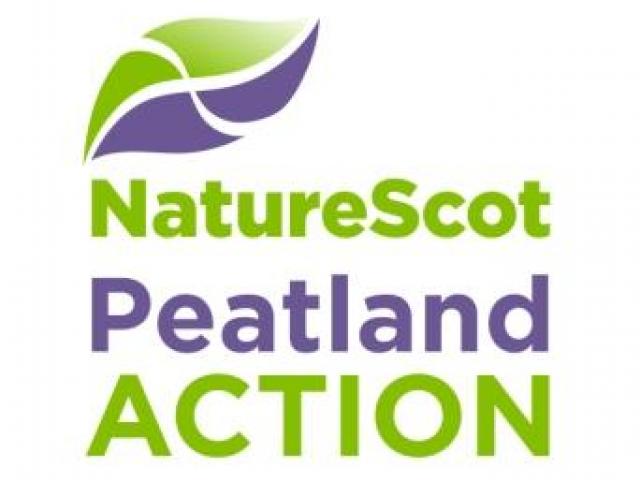
Our precious peatlands have been planted with alien conifers, damaged by drainage, used as dumps and stripped for garden use. But they are increasingly valued for their biodiversity, and the 'ecosystem services' they provide, such as flood prevention and carbon storage
Most or our lowland raised mires are in the Central Belt, Aberdeenshire and in Dumfries and Galloway. Many are small and isolated in landscapes of intensive agriculture.
As well as the bog specialist butterfly, Large Heath, many butterflies and moths that are rare in the lowlands, such as Small Pearl-bordered Fritillary, Green Hairstreak, Argent & Sable, Lunar Hornet and Wood Tiger can be found on the edges of raised mires associated with the heather and woodlands.
Pleased with our work to restore our Wester Moss nature reserve near Stirling, we are now tackling other sites in Scotland. Mending mires means blocking drains, removing Rhododendron and controlling conifers with our 'Bog Squad' of volunteers. The work is satisfying, fun, and there is something for all abilities. The Bog Squad also carry out surveys and monitoring of butterflies and moths.
If you would like to join in please contact Polly Phillpot, Peatland Restoration Project Officer at pphillpot@butterfly-conservation.org or our Stirling Office on 01786 459813.
The Bog Squad is funded by the NatureScot's Peatland Action Programme, and our Glasgow and SW Scotland and East Scotland Branches.


